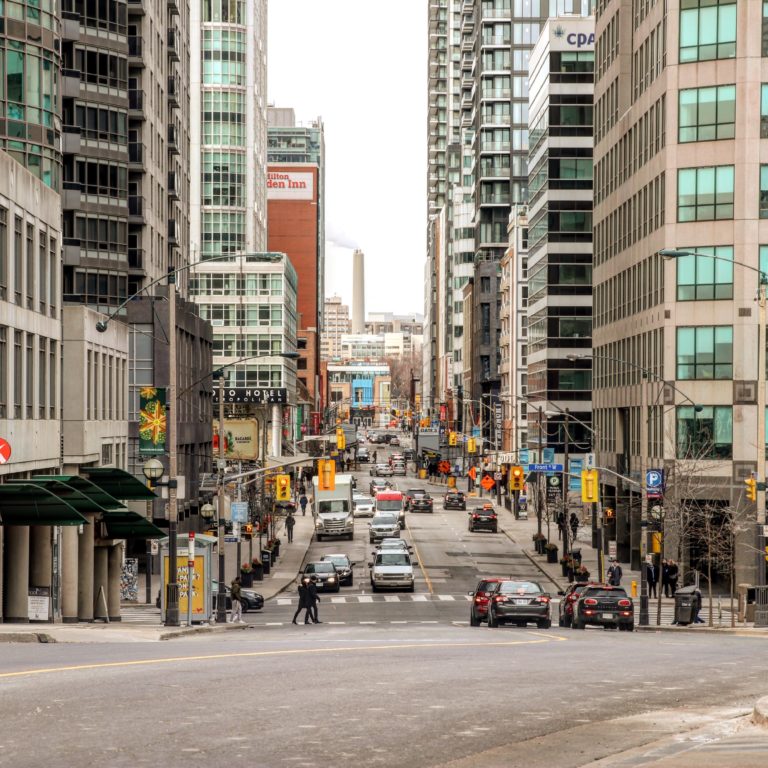Why the $35,000 RRSP Home Buyers’ Plan won’t be much help
Most young Canadians aren't using RRSPs.
Advertisement
Most young Canadians aren't using RRSPs.

Affiliate (monetized) links can sometimes result in a payment to MoneySense (owned by Ratehub Inc.), which helps our website stay free to our users. If a link has an asterisk (*) or is labelled as “Featured,” it is an affiliate link. If a link is labelled as “Sponsored,” it is a paid placement, which may or may not have an affiliate link. Our editorial content will never be influenced by these links. We are committed to looking at all available products in the market. Where a product ranks in our article, and whether or not it’s included in the first place, is never driven by compensation. For more details, read our MoneySense Monetization policy.
Share this article Share on Facebook Share on Twitter Share on Linkedin Share on Reddit Share on Email
Lame. Forcing to pay back to RRSP makes more sense that having an empty TFSA for your retirement. The 35 or 25k amount depends on the individual.
Worst article I ever read. Why is increasing the limit a bad thing? You don’t have to use the whole amount if you don’t need it and if you do and have the money saved there then why won’t you use it ? A lot of individuals have transfers from company RRSPs when they leave and they don’t do anything with that money, might as well help with a down payment.